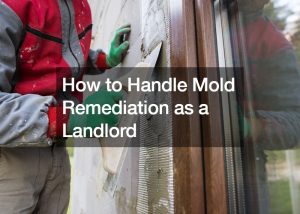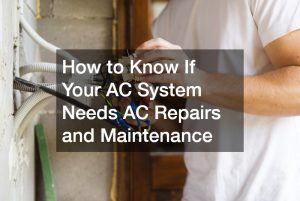As a landlord, swift and effective action is crucial when it comes to mold remediation in your rental properties. Begin by conducting regular inspections, identifying potential moisture sources, and promptly addressing any issues to prevent the onset of mold growth. When mold is discovered, engage a certified mold remediation expert to assess the extent of the problem and provide a comprehensive remediation plan.
Collaborate closely with the experts to ensure that the mitigation process adheres to industry standards and local regulations.
Communication is key during mold mitigation. Keep your tenants informed about the situation, the steps being taken, and any necessary precautions that they should be following. Address their concerns promptly and transparently, fostering a sense of trust and cooperation throughout the mitigation process.
Whether it’s a leaky roof, plumbing issues, or inadequate ventilation, investing in permanent solutions will save you time and money in the long run, ensuring a healthier living environment for your tenants. Document the entire mold mitigation process, which includes inspections, professional assessments, and remediation efforts. Maintain a comprehensive record of communication with tenants and professionals involved. These documents may serve as valuable evidence in case of disputes.
Regularly educate yourself on best practices for mold prevention and mitigation. Staying informed about developments in the field will empower you to make proactive decisions, safeguarding your properties and the well-being of your tenants in the face of potential mold issues.
.




